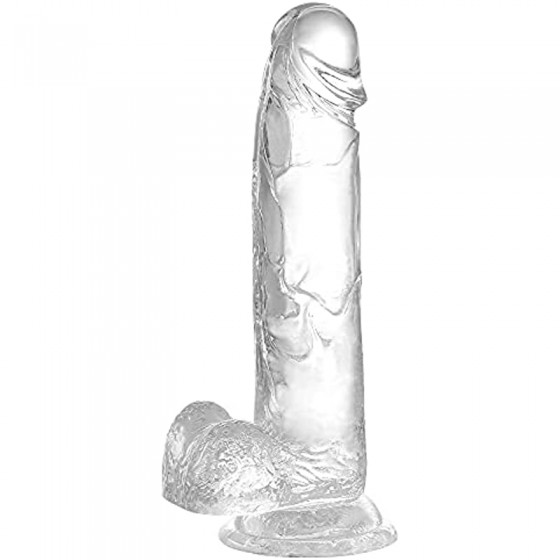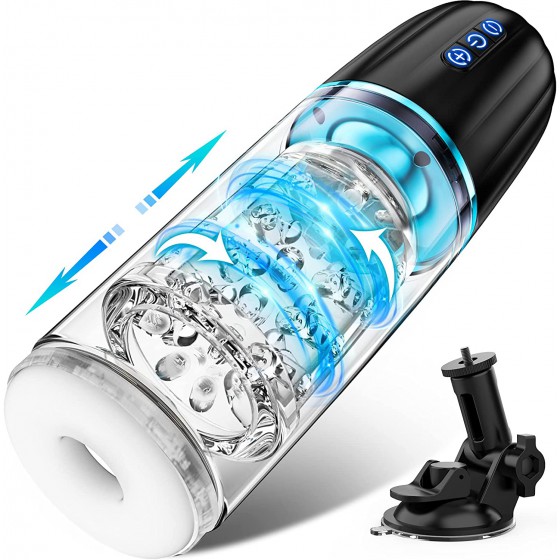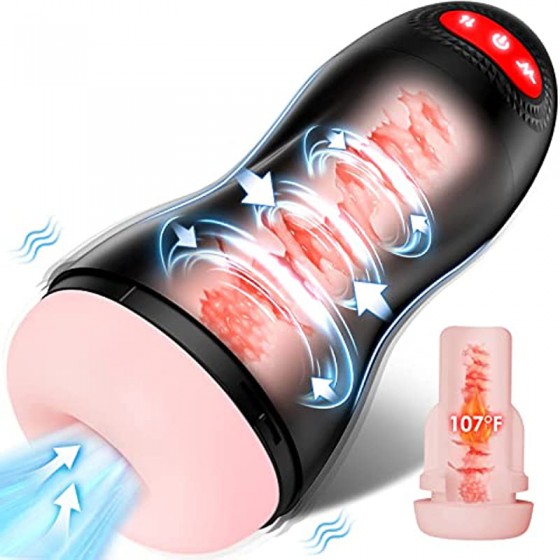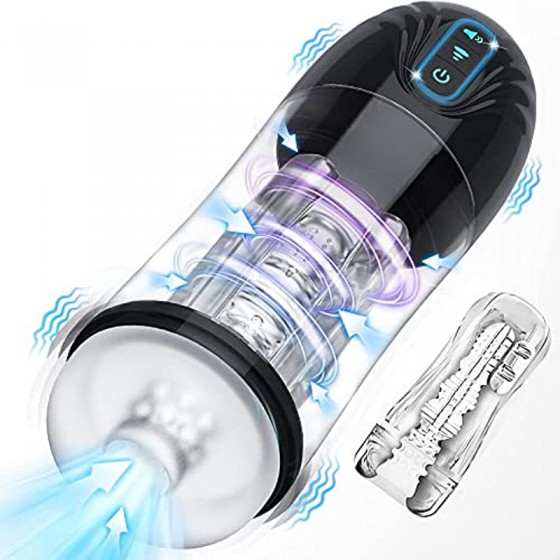What are the specific early symptoms of prostate cancer? How to treat it?
The occurrence of prostate cancer does put patients at risk of death. For this terrible cancer, we must pay attention to discovering it as soon as possible and respond as soon as possible, so that we can recover as soon as possible and get rid of the torture.
What are the specific early symptoms of prostate cancer
1. 1/2 to 2/3 of patients have lymph node metastasis when they first seek medical treatment, mostly in the internal iliac, external iliac, retroperitoneal, inguinal, mediastinal, supraclavicular and other locations. If prostate cancer has metastasized to nearby regional lymph nodes, there are usually no symptoms. In rare cases, when lymph nodes metastasize extensively and the lymph nodes are significantly enlarged, compressing blood vessels and blocking lymphatic flow in the lower limbs, symptoms of swelling of the lower limbs and scrotum will occur.
2. For advanced prostate cancer with spinal metastasis, if the spine is fractured or the tumor invades the spinal cord, it can cause nerve compression and then paralysis, and you need to go to the hospital for emergency treatment immediately.
3. If prostate cancer invades the bottom of the bladder or spreads widely to the pelvic lymph nodes, unilateral or bilateral ureter (the channel that drains urine from the kidneys to the bladder) obstruction will occur. Symptoms and signs of ureteral obstruction include oliguria (anuria when bilateral ureteral obstruction occurs), low back pain, nausea, vomiting, and fever when infected.
4. Prostate cancer is usually not accompanied by hematuria and hematospermia; however, once hematuria and hematospermia occur, you should go to the urology clinic for relevant examinations to rule out the possibility of prostate or seminal vesicle tumors.
5. Patients with widely metastasized prostate cancer may experience tumor rupture and bleeding. Additionally, patients with prostate cancer may develop anemia. The cause of anemia may be related to tumor bone metastasis, endocrine therapy, or duration of illness. Because the number of blood cells generally decreases slowly, patients may not have any symptoms of anemia. Some patients with severe anemia may experience weakness, orthostatic hypotension, dizziness, shortness of breath, and fatigue.
What treatments are available?
1. Surgical treatment
For cases that are localized in one place or one lobe of the prostate gland, if the patient is of appropriate age and has no contraindications to surgery, surgical eradication can be used, and lymph node dissection is also required. Once lymphatic metastasis occurs, surgical eradication is not recommended. At the same time, traditional Chinese medicine should be used for overall adjustment and treatment after surgery.
2. Radiotherapy
Including external radiation therapy and internal radiation therapy. External beam radiation therapy now mainly refers to three-dimensional conformal radiation therapy, which is a painless treatment performed on an outpatient basis, and the therapeutic effect is equivalent to that of radical prostatectomy. Its advantage is that the therapeutic rays are more concentrated on the prostate being treated, reducing the impact on surrounding tissue. External radiation therapy can cause acute cystitis, prostatitis, and enteritis.
Internal radiation therapy is divided into high-energy rate internal radiation therapy and low-energy rate internal radiation therapy. High-energy rate internal radiation therapy generally refers to the use of isotopes to release a large amount of energy in the prostate in a short period of time. It is usually combined with external radiation therapy, but the incidence of complications is higher than that of low-energy rate internal radiation therapy; low-energy rate internal radiation therapy The treatment is a more convenient, single-shot treatment method, also called radioactive seed implantation. During the operation, multiple tiny radioactive seeds are placed into the prostate under the guidance of B-ultrasound. The rays emitted by the particles kill the tumor at close range. cells, complications of which include acute urinary retention, urinary incontinence, enteritis and erectile dysfunction.
3. Traditional Chinese Medicine Treatment
Prostate cancer patients are more likely to have qi deficiency, blood stasis, and damp-heat constitution, so different prescriptions are used in treatment according to different constitutions. Those with deficient kidney qi and internal accumulation of poisonous heat need to replenish qi and nourish the kidneys to resolve turbidity and eliminate blood stasis; those with weak kidney qi and internal accumulation of dampness and heat need to replenish kidney qi and diuretic dampness and clear away heat; those with deficient vitality and internal obstruction due to stasis and poisoning need to be strengthened and resisted. Cancer, detoxification and blood circulation, etc. Implement dialectical prescription treatment for patients.
4. Meridian constitution tumor elimination method
The meridian diagnostic examination using the Meridian Constitution Tumor Elimination Method found that prostate cancer patients had blocked meridians and blood stasis to form nodules on the back and abdomen, legs and upper limbs, neck and shoulders, especially on the back and abdomen where the bladder meridian passed through. Nodules, by clearing these clogged nodules, prostate cancer growth can be controlled.
What foods can help with recovery?
1. Green tea. Green tea contains a variety of antioxidants, the main components of which are tea polyphenols and catechin compounds. Antioxidants have a significant inhibitory effect on the malignant transformation of cells induced by a variety of carcinogens, including aflatoxin, benzopyrene, cigarette carcinogens, amino acid cleavage products, etc., helping to stabilize cell structure and reduce cell damage. Changes in cell structure and cell damage can cause cell canceration.
2. Beans. Beans contain phytoestrogens, which are similar to female estrogen. The isoflavones contained in soybeans can reduce the damaging effects of male hormones and inhibit and kill cancer cells.
3. Foods rich in selenium. Selenium is an important antioxidant that can reduce the incidence of prostate cancer by 70%, so it can be taken in appropriately. Dietary selenium is mainly found in animal livers, seafood, milk and milk products, mushrooms, garlic and asparagus.
4. Pomegranate juice. Pomegranate juice is rich in antioxidants, the chemicals that give fruits and vegetables their darker color, and can inhibit damaged cells from developing into prostate cancer. Drinking a glass of pomegranate juice every day can significantly slow down the growth of malignant tumors in prostate cancer patients. Consuming pomegranate juice for auxiliary treatment not only has significant curative effect, but also does not produce other adverse reactions.



















